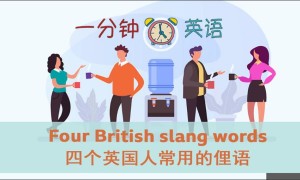[第四类] 介词类 9. 你能找到这个问题的答案吗? [误] Can you find the answer2 of this question3? [正] Can you find the answer to this question? [析] 英语中用“the answer to …”表示“……的答案”。类似结构还有the key4 to the door,the way5 to the zoo等。 10. 格林先生星期六上午来这里。 [误] Mr Green will come here in Sunday6 evening. [正] Mr Green will come here on Sunday evening. [析] 表示在上午、下午等时,介词要用in;而表示在具体的某天上午、下午时,介词要用on. 11. 那个穿着红裙子的小女孩是我们老师的女儿。

[误] That little girl on a red skirt7 is our teacher’s daughter8. [正] That little girl in a red skirt is our teacher’s daughter. [析] 用介词表示“穿戴衣物”时,只能用in,其他介词没有此用法。 [第五类] 副词类 12. 莉莉,你为什么不回家呢? [误] Lily,why don’t you go to home? [正] Lily,why don’t you go home? [析] come,go 等后接here,there,home等地点副词时,地点副词前不加to。 [第六类] 连词类 13. 我喜欢语文和英语,但我不喜欢体育和历史。 [误] I like Chinese and English,but I don’t like P.E1.and history9. [正] I like Chinese and English,but I don’t like P.E.or history. [析] 在肯定句中并列成分之间用and来连接;而在否定句中,并列成分之间的连接需用or。 [第七类] 冠词类 14. 乘飞机去北京花了史密斯一家人一个小时。 [误] It takes Smiths a hour to go to Beijing by a plane10. [正] It takes the Smiths an hour to go to Beijing by plane. [析] 1.表示“……一家人”用结构“the + 姓氏复数”; 2.our 一词的第一个字母不发音,它是以元音音素开头的,所以“一小时”要用 an hour; 3.用介词by表示“乘坐”某种交通工具时,交通工具名词前不加任何冠词。 [第八类] 句法类 15. ――你不是学生吗? ――不,我是学生。 [误] ――Aren’t you a student11? ――No, I am. [正] ――Aren’t you a student? ――Yes, I am. [析] 对否定疑问句的回答是用Yes还是用No,这取决于实际情况:如果事实是肯定的,就用Yes表“不”;如果事实是否定的,就用No表“是的”。







